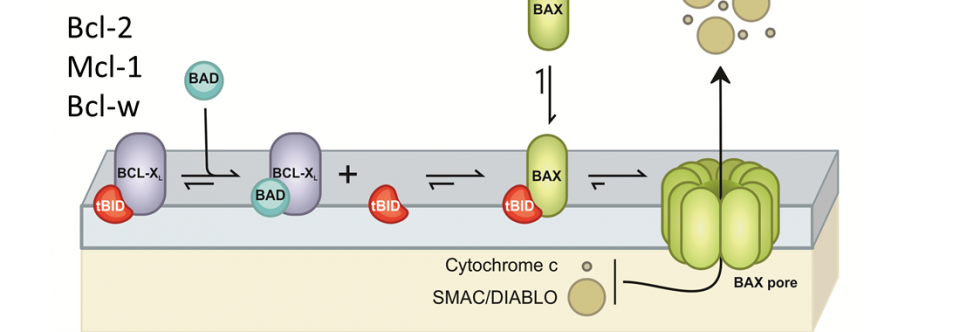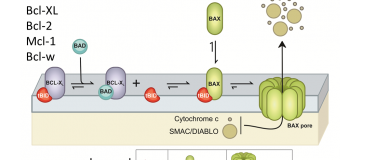"Precision cancer treatments, programmed cell death and the assembly of proteins into cellular membranes."
Using our fluorescence, custom microscopy, high-content screening and AI derived Image Analysis.
High Content Screening
One of our major goals is to use the fluorescence microscopy as a quantitative analytical tool. An enormous advantage of microscopy is that it enables fluorescence measurements to be made in living cells. To use fluorescence microscopy quantitatively we have developed new approaches, instruments and software. Using fluorescence proteins and novel non-toxic dyes we image […]
Precision Medicine
Historically cancer treatment has taken a ‘one size fits all’ approach. However, it’s clear that every patient’s cancer is different and being able to understand and accurately differences in drug response and efficacy of therapies may provide better treatment options. Using Chronic Lymphocytic Leukemia (CLL) and breast cancer as a disease models, we are developing […]
Programmed Cell Death
We are studying the mechanisms by which the Bcl-2 family of proteins regulates selective programmed cell death (apoptosis) of cancer cells. We are particularly interested in determining the molecular mechanisms by which Bcl-2 family proteins either inhibit or accelerate apoptosis. The Bcl-2 family proteins that we study include those that initiate cell execution (Bax and […]








 Find David Andrews Lab Plasmids
Find David Andrews Lab Plasmids